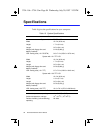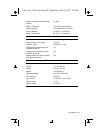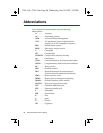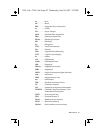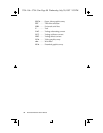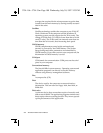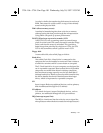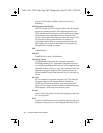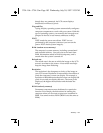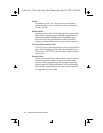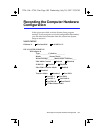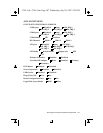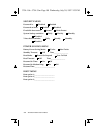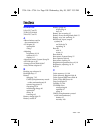
102 Ascentia M Series User’s Manual
services. The number of IRQs is limited by industry
standards.
LCD (liquid-crystal display)
The LCD screen on your computer differs from the display
screen of a desktop monitor. Most desktop monitors use
CRT (cathode-ray tube) displays, which work by moving an
electron beam across phosphor dots on the back of the
screen. The phosphor dots light up to show the image. LCDs
use a liquid-crystal solution between two sheets of
polarizing material. Electric current passing through the
liquid aligns the crystals so that light can or cannot pass
through them, creating an image.
MB
1,024 kilobytes.
Megabit
1,048,576 bits or about 128 kilobytes.
Operating system
A program that supervises the computer's operation,
including handling I/O. Application programs and users
can request operating-system services. A user might request
operation-system services to copy files or format a disk. An
application program might use the operating system to
obtain keyboard input, write data to a file, or write data to a
screen.
PC Card
PC Card stands for personal computer card. The Personal
Computer Memory Card International Association
(PCMCIA) defines the standards used to develop all PC
Cards. PC Card types include: modems, Ethernet adapters,
SCSI adapters, ATA cards, and memory cards.
PC slot
The PC slot is the hardware slot in the computer where the
PC Card is placed.
Pixel
A pixel is an individual dot in a graphic displayed on your
computer. The pixels are so close together that they look as
3754-1.bk : 3754-3.fm Page 102 Wednesday, July 30, 1997 2:33 PM



